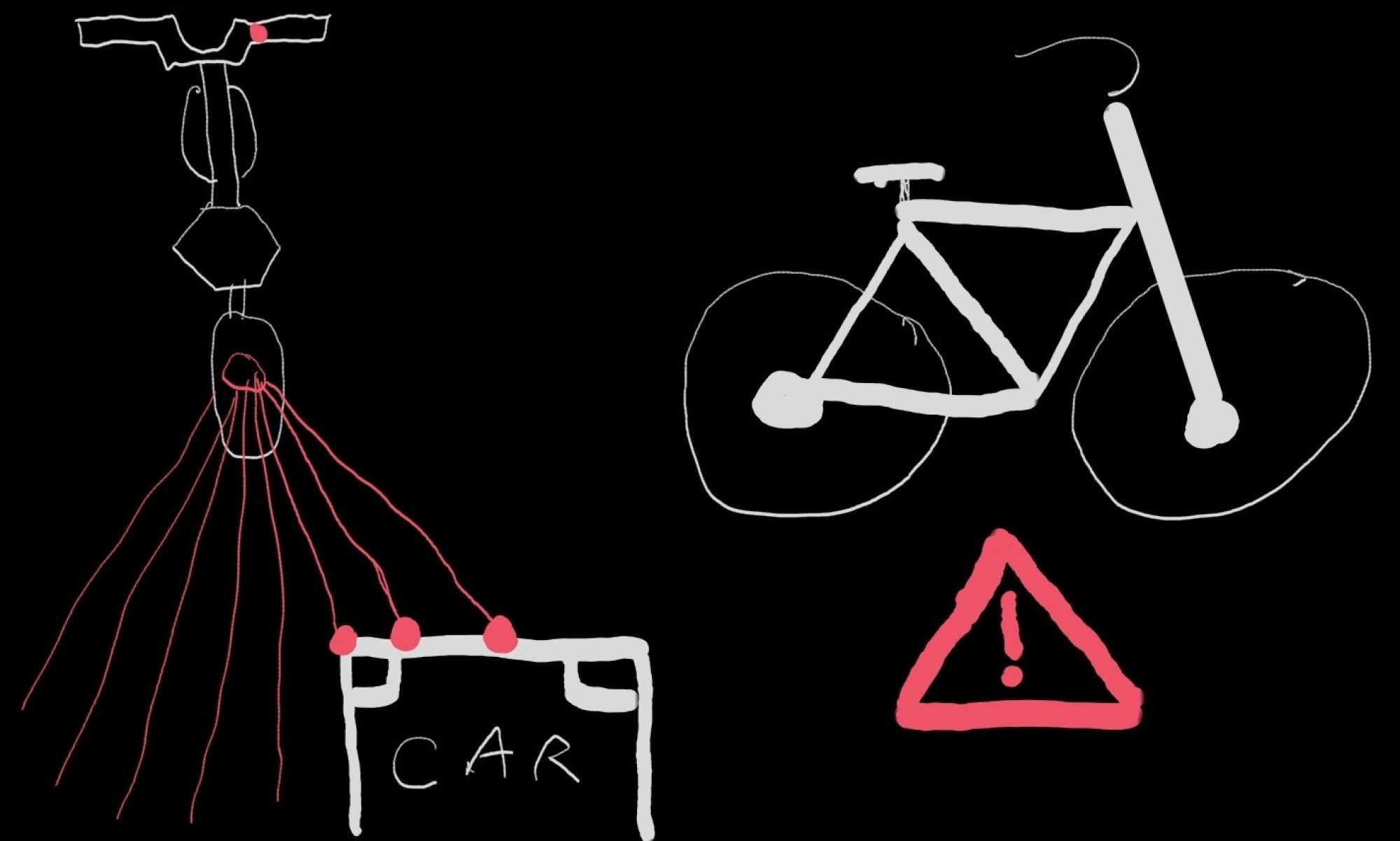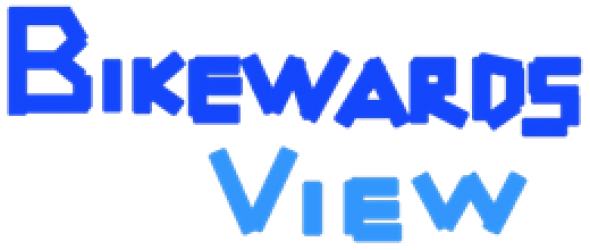Because we have decided to change a lot of the hardware components of our system, I’ve looked into options for those changes.
We also have a concern about distracting the cyclist with the LEDs on the handlebars, so I’ve also looked into other indicator options. Vibration was suggested, but for a safety critical system, vibration is too unreliable considering that roads aren’t smooth and that in different weather conditions, the rider might be wearing gloves that could dampen the vibration. Audio was also suggested as a method of communicating to the rider. Audio queues would have to be repeated and run the risk of being too quiet to be heard clearly over city noise. There would also be cases of emergency vehicles causing very loud noise and cyclists wearing earphones. I looked into ways of mitigating the dangers associated with the LEDs, specifically their brightness in the dark. We can use diffusers so that the light doesn’t shine directly into the eyes of the cyclist. The diffusers will require that we pick out brighter LEDs since they decrease the output by 2-6%.
We have also decided to move away from the planned PCB for the system and to use an eval kit instead based on TA advice. This will allow us to better make changes to the system as problems arise. I haven’t used an eval kit before, so I spent some time looking into how to use/build with them. Overall, my schedule can now be moved forward somewhat since we won’t have to wait for shipping and can assemble and debug as soon as the parts are in. I’ve started work on the schematic, but the changes to the sensors and the LED response system need to be finalized before I can finish.



